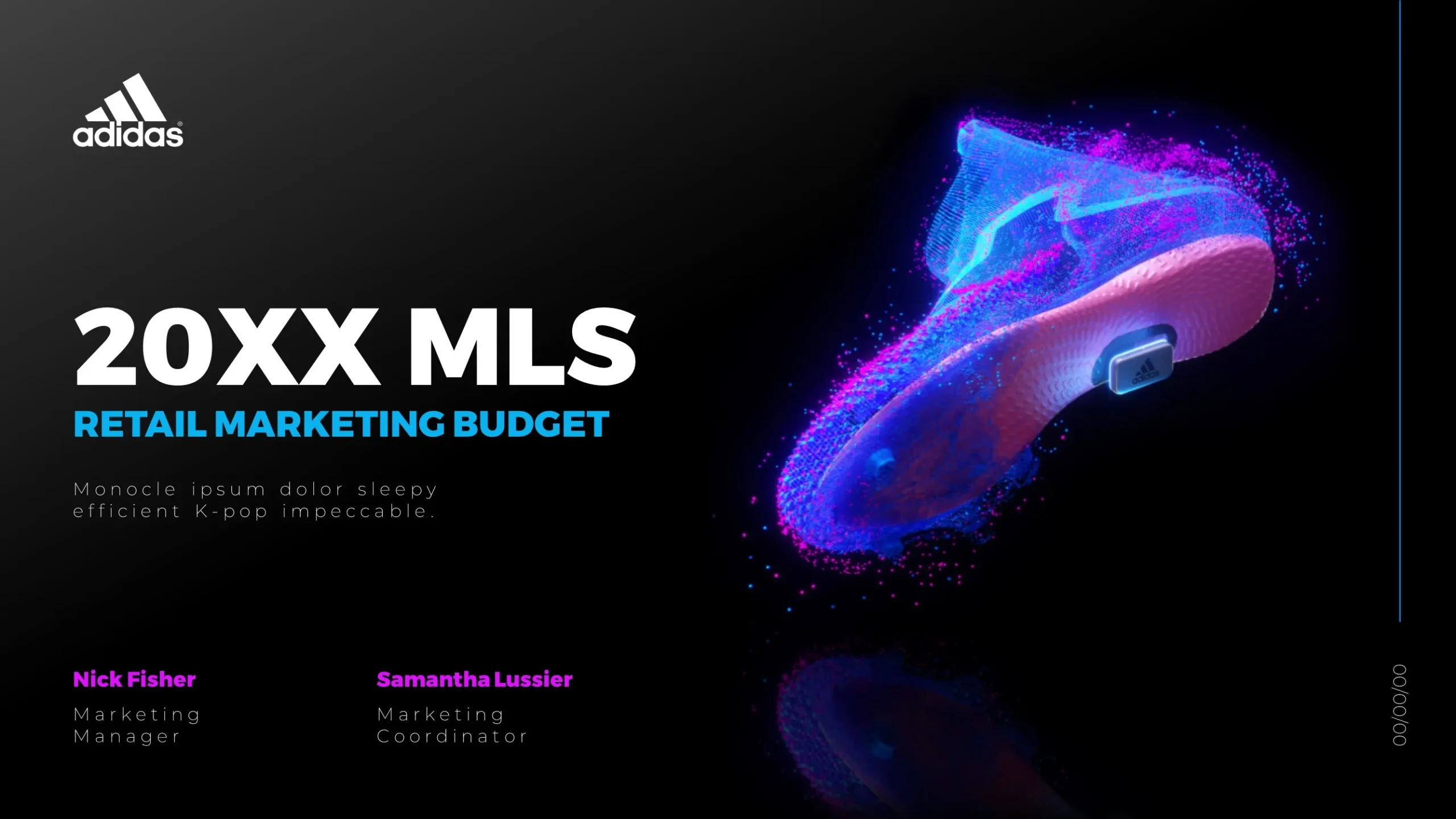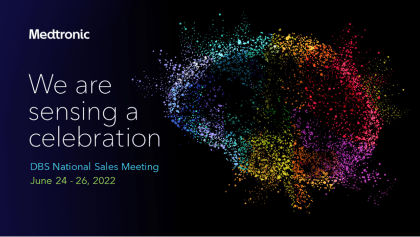Effective infographic design plays a crucial role in enhancing patient understanding during healthcare presentations by simplifying complex information and making it more accessible. Infographics utilize visual elements such as charts, graphs, icons, and illustrations to convey data quickly and clearly. This approach caters to various learning styles—visual learners particularly benefit from seeing information represented graphically rather than just in text form.
In the context of healthcare, infographics can distill intricate medical data into digestible visuals that outline key points such as treatment options, medication instructions, or health statistics. By breaking down barriers associated with medical jargon through carefully designed visuals, patients are able to grasp essential concepts more effectively.
Moreover, these designs can enhance memory retention; studies have shown that individuals are more likely to remember information presented visually than through verbal communication alone. By incorporating color-coding systems or sequential layouts in your infographics for step-by-step processes like post-operative care or chronic disease management plans helps reinforce important messages while guiding patients toward informed decision-making.
Furthermore, effective infographic design promotes engagement during presentations. When audiences perceive content as interesting and relevant due to its visual appeal—they’re more inclined to participate actively in the discussion surrounding their health. Ultimately this not only improves comprehension but also fosters a collaborative environment between healthcare providers and patients.









